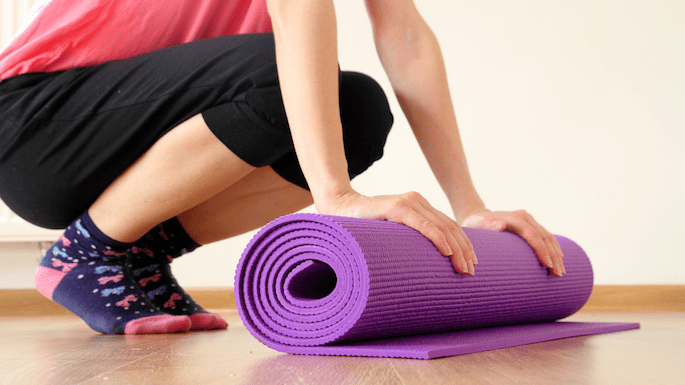The Indic sciences talk about a closely interspersed confluence of intricate ‘nadis’ or neurotransmitters that travel all across the body.
Termed, ‘Chakras’ or quite literally, wheels, these are energy centres inside triangular junctions that allow pranic energy to move freely. They are called chakras because they embody circular movement from one dimension to another.
While there are over 114 ‘chakras’ in our body, the yogic scriptures lay tremendous emphasis on 7 important ones. These energy points in your body are believed to be spinning disks of energy that must stay “open” and aligned, as their imbalance directly affects our mental, emotional and physical well-being.
Chakras become out of balance because of three main reasons:
- Not following a daily routine according to your Prakriti
- Due to a serious lifestyle disease
- Some form of deep emotional stress/trauma.
These in turn can manifest as physical issues like arthritis, constipation, and bladder or colon problems, or emotionally through feeling insecure about finances or our basic needs and well-being. When they are in alignment and open, we will feel grounded and secure, both physically and emotionally.
Most of us are burdened by long-held tensions, insecure relationships and low self-esteem. We are in an extended state of stress most of the times and all we need at such times is a little attention inward!
Inside of us lie sites where we receive, absorb, and distribute life energies. These life-enhancing energies can be accessed by practising simple stretches and basic Asanas that can elevate the mood and bring in much-needed peace in our life. Practising poses that correspond to each chakra can release any kind of blockages in your chakras and help you attain bliss.
1. Virbhadrasana for Muladhara
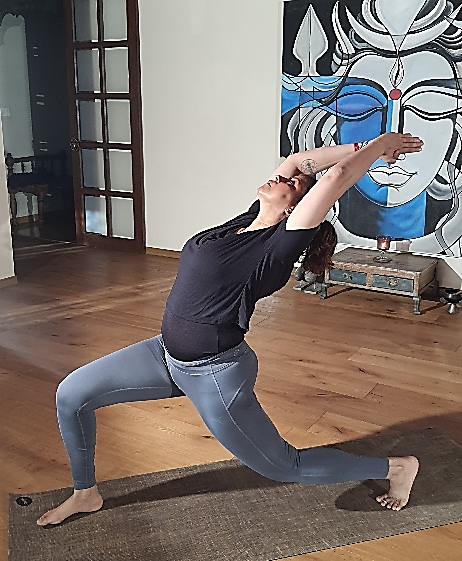
Muladhara or the Root Chakra, is the foundation of all growth and awareness. It is located at the base of our spine and is associated with the aspects of food and shelter. It represents the manifestation of the individual consciousness into physical human form. Blockage in the chakra makes a person very fearful or very aggressive. Practising the Virabhadrasana will help one find strength, stability, and grounding with earth helping one overcome negative energies.
2. Kapotasana for Svadhisthana
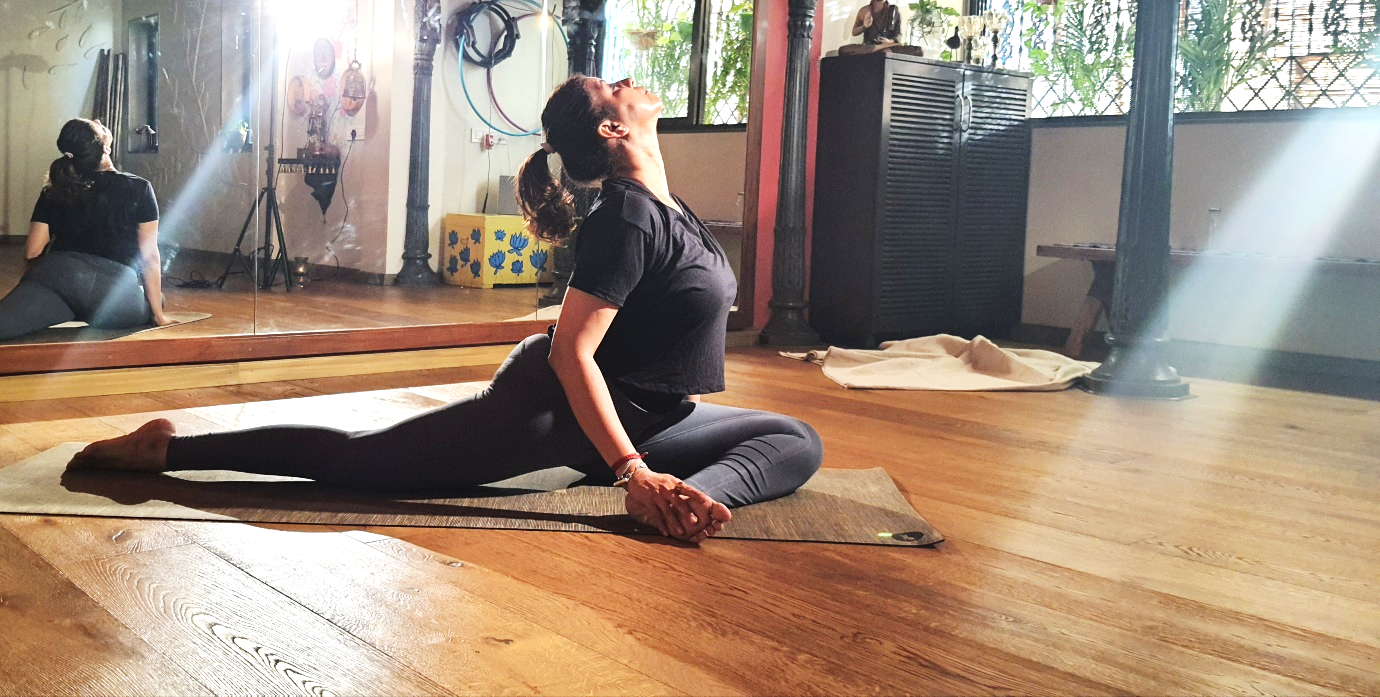
The Svadhishthana Chakra is located two inches below the belly button and is associated with creativity, emotion, and sexuality. Stable relationships, feelings of self-worth, and our ability to accept new people and experiences are all traits of a well balanced Svadhisthana. Feeling guilty, being overly self-critical, getting easily offended, having sexual imbalances or frequently getting lower back pains are due to the imbalance of this chakra.
A simple Kapotasana or the one-legged Pigeon stretch will open your hips, shoulders, spine, groin, and strengthen backbends.
Since we store most of our traumas in our hips, practising this intense hip opener asana will help release the negative emotional baggage that we have been carrying around.
3. Navasana for Manipura
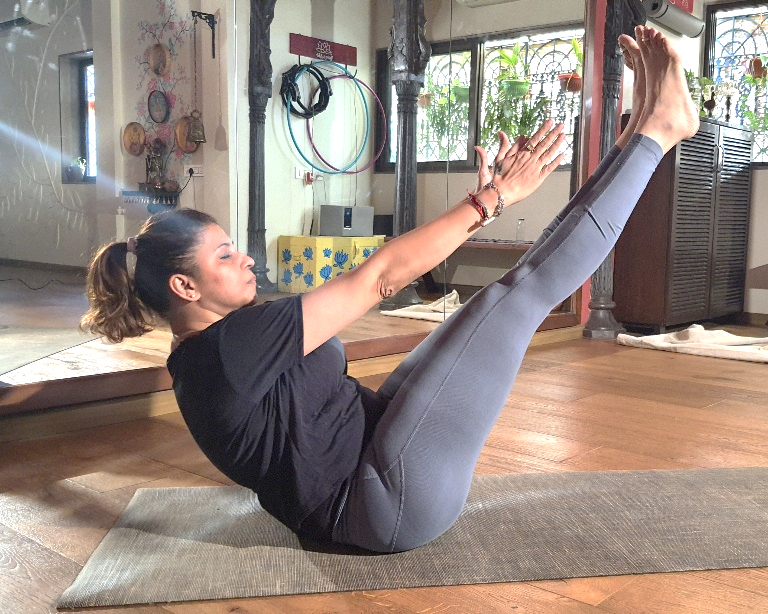
Associated with the colour yellow, this chakra enhances self-esteem, bravery and the power of transformation. A healthy and balanced third chakra helps us overcome inertia, making us steadfast towards our duties and take responsibility for our lives.
Blockages in the third chakra are often experienced through digestive issues like ulcers, heartburn, eating disorders, and indigestion. When you feel disempowered or in need of re-energizing, the third chakra Asanas fan the flames of your inner fire and restore vitality so that you can move from the strength of your core. You can also practice Surya Namaskars to enhance this chakra.
4. Chakraasana for Anahata
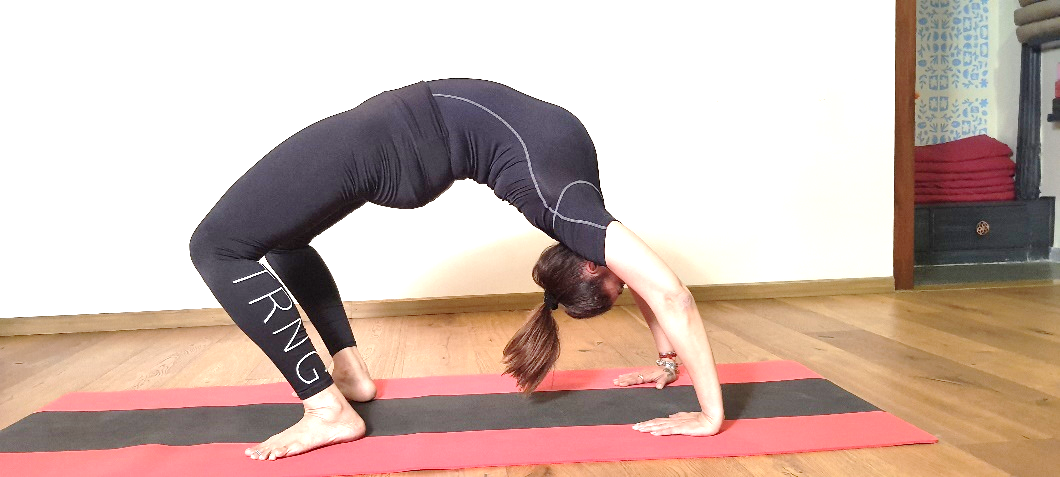
People with heart chakra blockage often put others first, to their own detriment. The Anahata chakra lies in the middle of the seven chakras, so it bridges the gap between the upper and lower chakras. It also represents our ability to love and connect to others. When out of alignment, it can make us feel lonely, insecure, and isolated.
Remember that Chakrasana should always be followed by a forward bending asana such as Pawanamuktasana to counter the pose as it is a deep spinal stretch. Practising this pose strengthens the back, legs and kidneys. It stretches the abdomen and internal organs and relieves tension from the body. This asana is beneficial to activate internal systems releasing tension and stress.
5. Halasana for Vishuddi
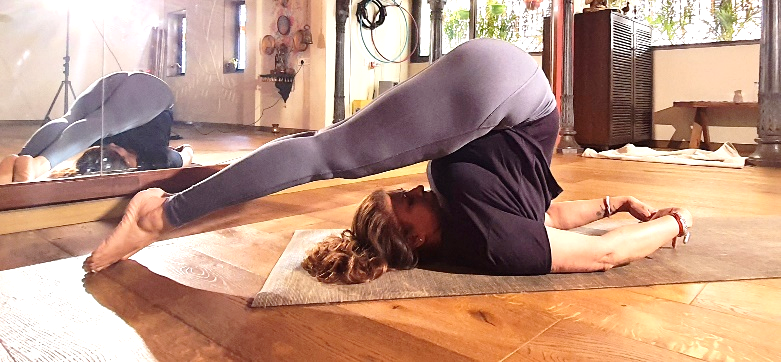
The Vishuddhi Chakra dwells in the throat region and is associated with knowledge, communication, expression and self-realisation. A slightly intermediate level posture, Halasana works on the legs, spine, and neck opening up the Vishuddhi chakra.
It stretches and massages the pelvic region and internal organs while strengthening the muscles of the legs and improving balance. Practising this pose will stimulate the circulation of blood in the thyroid gland and kidneys.
6. Garudasana for Ajna
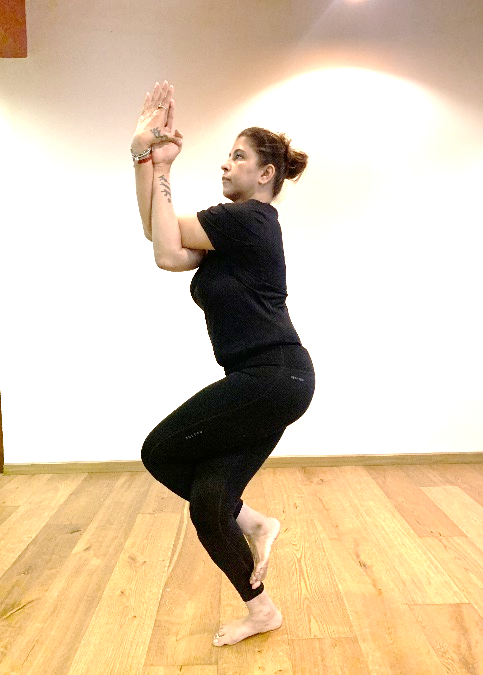
Known as the perception centre of our body, the Ajna Chakra is our spiritual eye that is located between our eyebrows. A balanced ajna chakra will expand one’s vision beyond the physical. Qualities of clairvoyance, telepathy, intuition, dream interpretation, imagination, and visualisation will be at their peak for those who can master this Chakra.
A sure shot yogic approach to supporting the health of this Chakra is to do forward bends to stimulate the third eye area. Visualising positive images, meditating regularly are practices that help create a balanced sixth chakra. The eagle pose or Garudasana is a full body twist and balancing pose. It loosens and strengthens wrists, shoulders, ankles, and hips, while improving concentration, strengthening legs, and releasing tightness between shoulder blades and the sacrum. Garudasana also balances the lunar and solar energies within, enhancing insight and strengthening mental power.
7. Shirsasana for Sahasrara

Located at the crown of the head and symbolizing the highest state of enlightenment and facilitating our spiritual development, this Chakra is associated with the highest functions of the mind. Meditation is the yogic practise best suited for bringing this chakra into balance and connecting us to divine intelligence and pure bliss.
Shirsasana is an inverted balancing pose that opens the crown, elevates your mood, and provides a wide array of physical benefits including stimulating both the pituitary and pineal glands. Practising this pose will strengthen the spine, neck, shoulders, and arms and tone the legs and abdominals. It will stimulate the nervous system, relieve the build-up of fluid in the legs, allowing blood to flow into the brain, increasing mental awareness and clarity.
Practising these Asanas regularly will unlock your hidden potential while transforming you inside out. While Yogasanas are just one aspect of Ashtanga Yoga, the more important aspect is to work internally, engineer the mind and focus inward. May this practice help you transform, evolve and shine.





